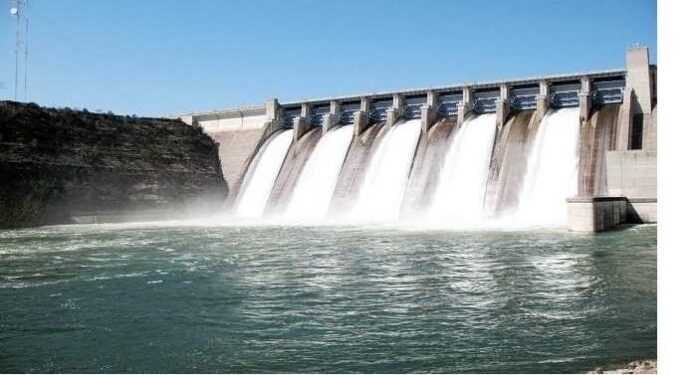The lake-based solar power project in Zimbabwe is under way, with a phased development plan designed to complement the Kariba South hydropower station, with the ambitious goal of generating 600MW of clean energy by 2027, leveraging the country’s abundant water resources.
The first phase, scheduled for commissioning in 2025, will have a capacity of 150MW, followed by phase two in 2026, which will add 300MW, and the last phase in 2027, which will add another 150MW. A 25-year operational lease has been signed, and a land survey was completed in February 2024. The power-generation license is presently being processed.
Current power imports range from 0 to 500MW per day, costing the country up to US$12 million per month, and the country’s ambition to become an upper-middle-income society necessitates increased and affordable electricity to power the envisioned accelerated development in all sectors of the economy.
The demand for energy is expected to exceed 5,000MW by 2030, making the construction of new and extra generation capacity by both the public and commercial sectors necessary and important.
In December 2023, an unsolicited bid was received from an energy company proposing to invest US$600 to US$850 million to develop an 800MW floating solar photovoltaic power plant on Lake Kariba in Mashonaland West province. This complementary and contributory renewable energy project into the power generation system is aligned with the 2019 National Renewable Energy Policy.
This innovative concept takes advantage of the benefits of water-mounted solar photovoltaic cells, which have a 5-15% greater efficiency rate than land-based installations. With numerous lakes and dams around Zimbabwe, the potential for future renewable energy investments is enormous. The success of this project is intended to pave the way for future efforts, reinforcing the country’s commitment to sustainable energy development.
As Zimbabwe seeks to diversify its energy mix and cut carbon emissions, this lake-based solar power facility presents a promising example for the region. With its phased development method and emphasis on renewable energy, this project is poised to have a big impact on the country’s energy environment.



